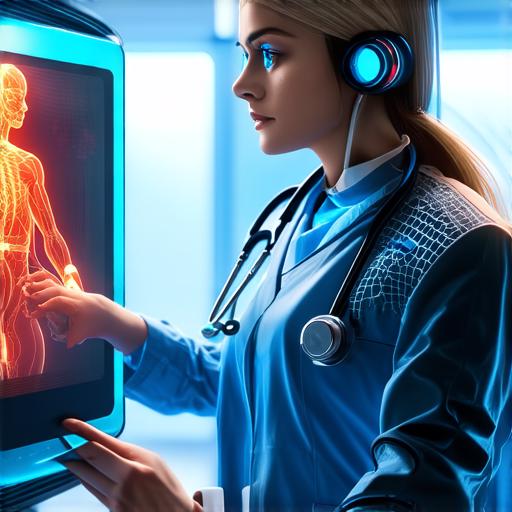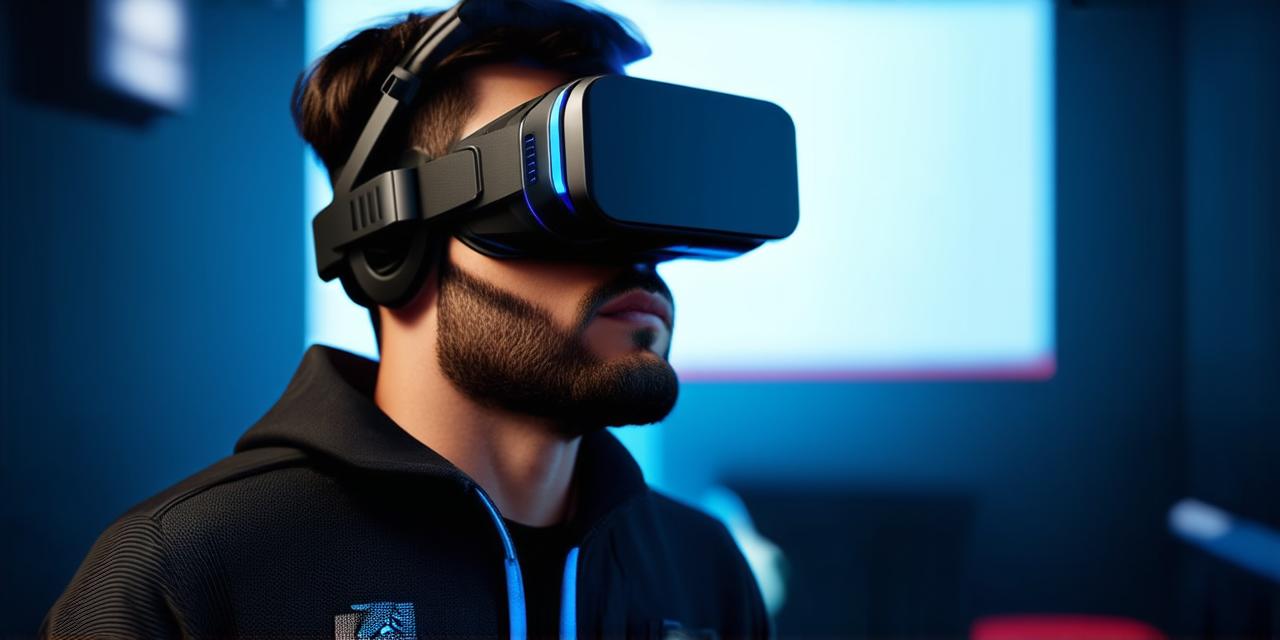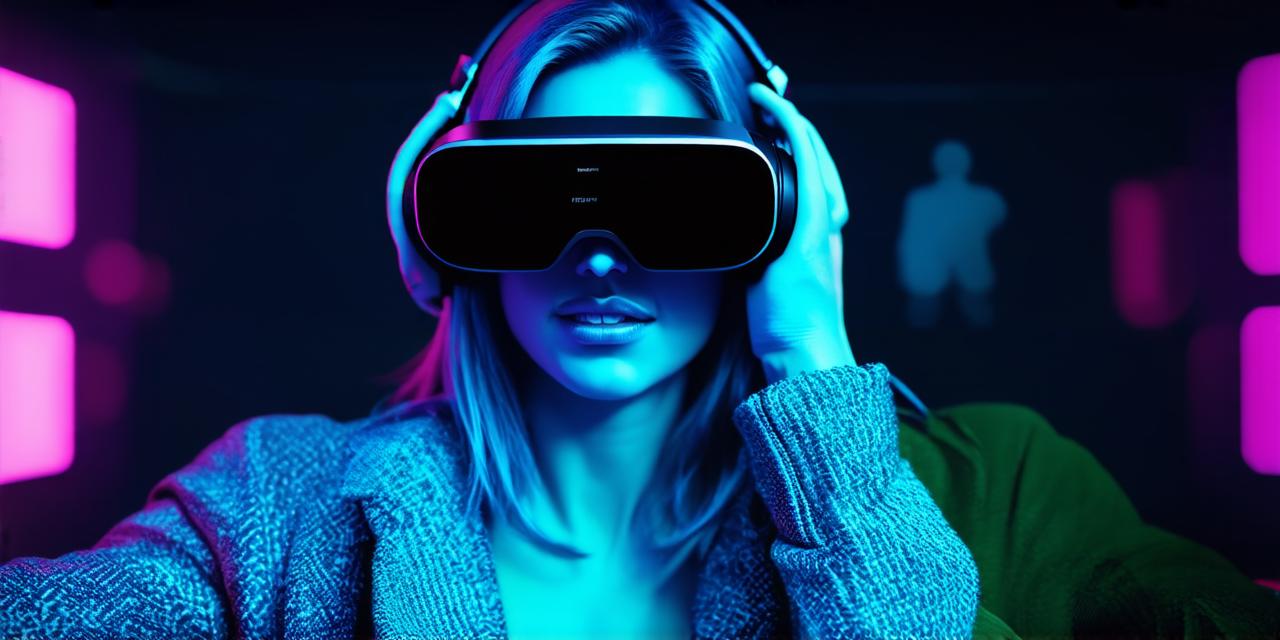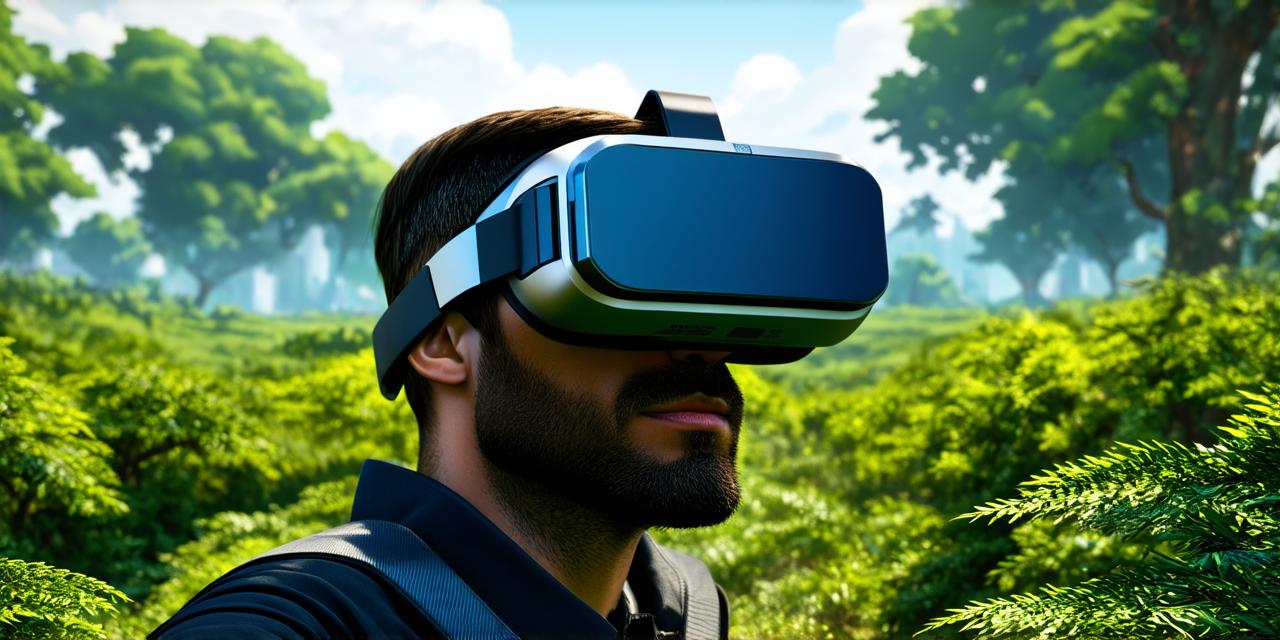As virtual reality (VR) technology continues to evolve, it’s becoming increasingly clear that its potential applications in healthcare are vast.
One of the most significant ways that VR is being used in medicine is in the treatment of mental health disorders. By immersing patients in a virtual environment that simulates real-life scenarios, therapists can help them confront and overcome their fears in a safe and controlled setting.
Another area where VR is making a big impact is in medical training. By using VR simulations, medical students can practice complex procedures in a controlled environment, reducing the risk of errors and improving patient outcomes.
VR is also being used to enhance patient experiences in hospitals and clinics. By creating virtual reality environments that mimic different settings, such as a beach or a forest, patients can be transported to a calming environment that helps them relax and reduce stress levels.
In addition to these applications, VR is also being used in the field of surgical planning. By using VR simulations, surgeons can plan and rehearse complex procedures before they even enter the operating room.
One example of this is the use of VR in orthopedic surgery. Surgeons can use VR simulations to practice different approaches to joint replacements or spinal fusions, allowing them to choose the best approach for each individual patient.
As virtual reality technology continues to advance, it’s likely that we will see even more exciting applications in medicine. Whether it’s treating mental health disorders, enhancing medical training, or improving surgical outcomes, VR is poised to revolutionize the way we approach healthcare.
FAQs:
1. What are some of the main benefits of using virtual reality in the medical field?
Virtual reality can be used to treat mental health disorders, enhance medical training, and improve surgical outcomes. It can also be used to create calming environments for patients and aid in surgical planning.
2. How does VR technology work in healthcare?
VR technology works by immersing users in a simulated environment that can be customized to meet their specific needs. For example, a patient with anxiety disorder might be exposed to a virtual environment where they are forced to face their fear of heights or public speaking.
3. What kind of medical professionals are using VR technology?
Medical students, surgeons, and therapists are all using VR technology in healthcare.
4. How is VR technology being used to improve surgical outcomes?
VR technology is being used to plan and rehearse complex procedures before they even enter the operating room. This can lead to more accurate and efficient surgeries, reducing the risk of complications and improving patient outcomes.
5. What are some real-life examples of how VR technology is being used in healthcare?
Virtual reality is being used to treat mental health disorders, enhance medical training, create calming environments for patients, and aid in surgical planning. One example is the use of VR in orthopedic surgery, where surgeons can practice different approaches to joint replacements or spinal fusions, allowing them to choose the best approach for each individual patient.





